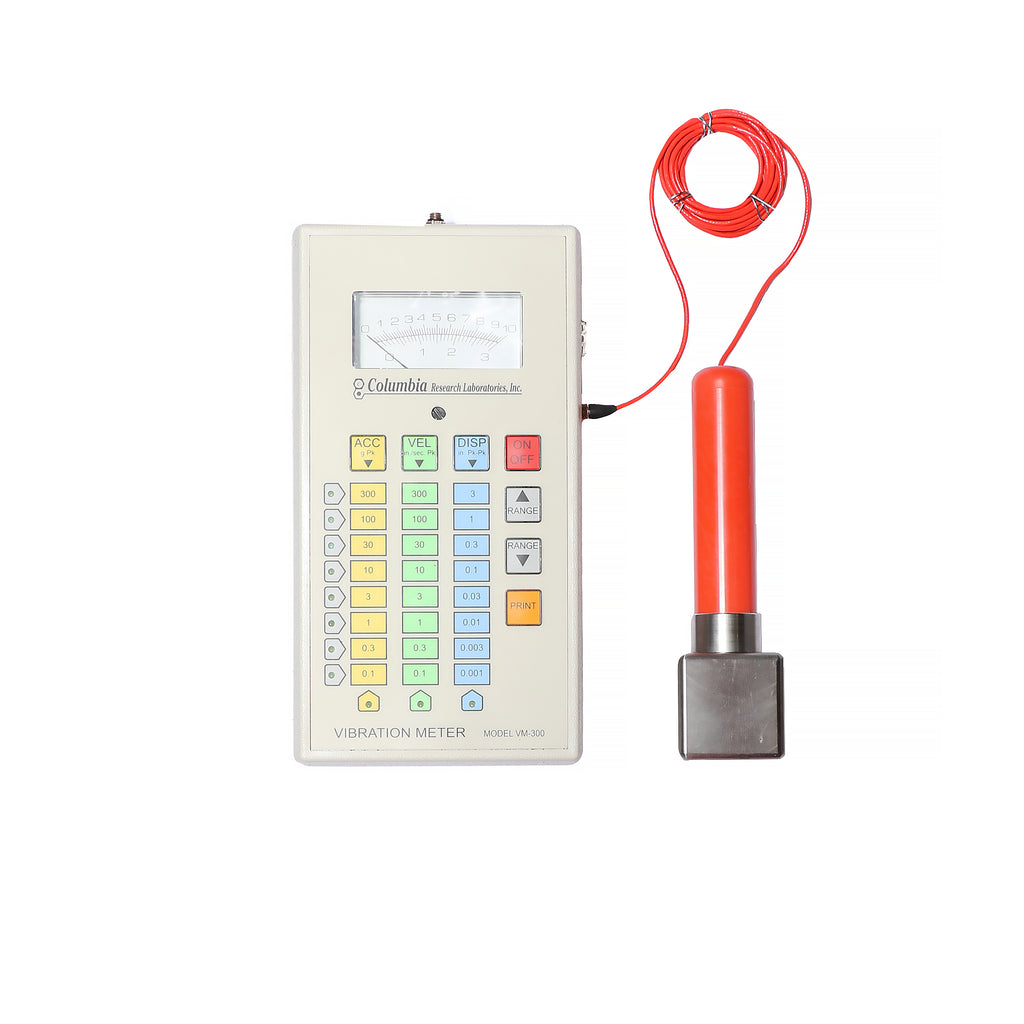News — dissolution testing
ASTM/Enhanced Mechanical Calibration vs Prednisone PVT- Which is better for my lab?
Posted by Pam Bialiy on
The following article has been authored by John Heaney. The debate about the prednisone performance verification test (PVT) versus the ASTM enhanced mechanical calibration has gone on since the inception of ASTM chapter 2503. Both are different means of providing an answer to the same question,” Is my dissolution tester suitable for use and can I trust the data from it?” The prednisone PVT is typically performed after a mechanical qualification of the dissolution tester which, if one follows USP 711, has wider tolerances for passing than ASTM 2503. However, if one follows the suggestions in USP Guideline on...
Impact on Vibration in Dissolution Testing and why isn’t there a specification for it yet?
Posted by Pam Bialiy on

The following article has been authored by John Heaney. The USP chapter <711> says that dissolution testers should be free of any noticeable vibration. While the chapter technically addresses the issue, it’s a far cry from the detail of the standards laid out for vessels, paddles, and baskets. The reason for this likely lies with vibration itself. Vibration has both frequency and amplitude and those can be varied over a near limitless range. Sound is one of the most common forms of vibration that most people deal with on a day-to-day basis and is a good example of how...
- Tags: dissolution, dissolution testing, vibration
How to Choose a Sinker
Posted by Pam Bialiy on

The following article has been authored by John Heaney. While determining if a sinker is needed is easy; determining what type of sinker needed may be less obvious. USP <711> does allow for sinkers made from twists of inert wire. This can be especially handy for R&D where the method is being developed and an experiment is being run to see if the sinkers provide more consistency to the results. For use in other environments, such as QC, it would require the users to be trained on the correct length of inert wire to cut, as well as the spacing...
When to use a Sinker
Posted by Pam Bialiy on

The following article has been authored by John Heaney. Not all tablets, capsules, and gelcaps behave the same in dissolution media. In some cases, a dosage may be buoyant enough to move far more than normal when subjected to the turbulence caused by a paddle (Apparatus 2) if not float all the way to the surface. Either of these would be considered unacceptable if they were observed during a test. The case of a dosage form floating to the surface is obvious. It’s far out of position from the bottom of the dissolution vessel and is not subject to the...
Precision Molded vs Standard Glass Vessels
Posted by Pam Bialiy on

The following article has been authored by John Heaney. Variability is a fact of life in any manufacturing process. That is the reason there are acceptance ranges and tolerances as well as QC departments to measure finished product ensuring that everything is acceptable. The tools used by any QC department need to be as consistent as possible. A pair of calipers that gives a slightly different reading each time when measuring an NIST standard block is not particularly valuable. The same is true of dissolution testers, or more specifically vessels, that have high variability. High variability in the vessel...
